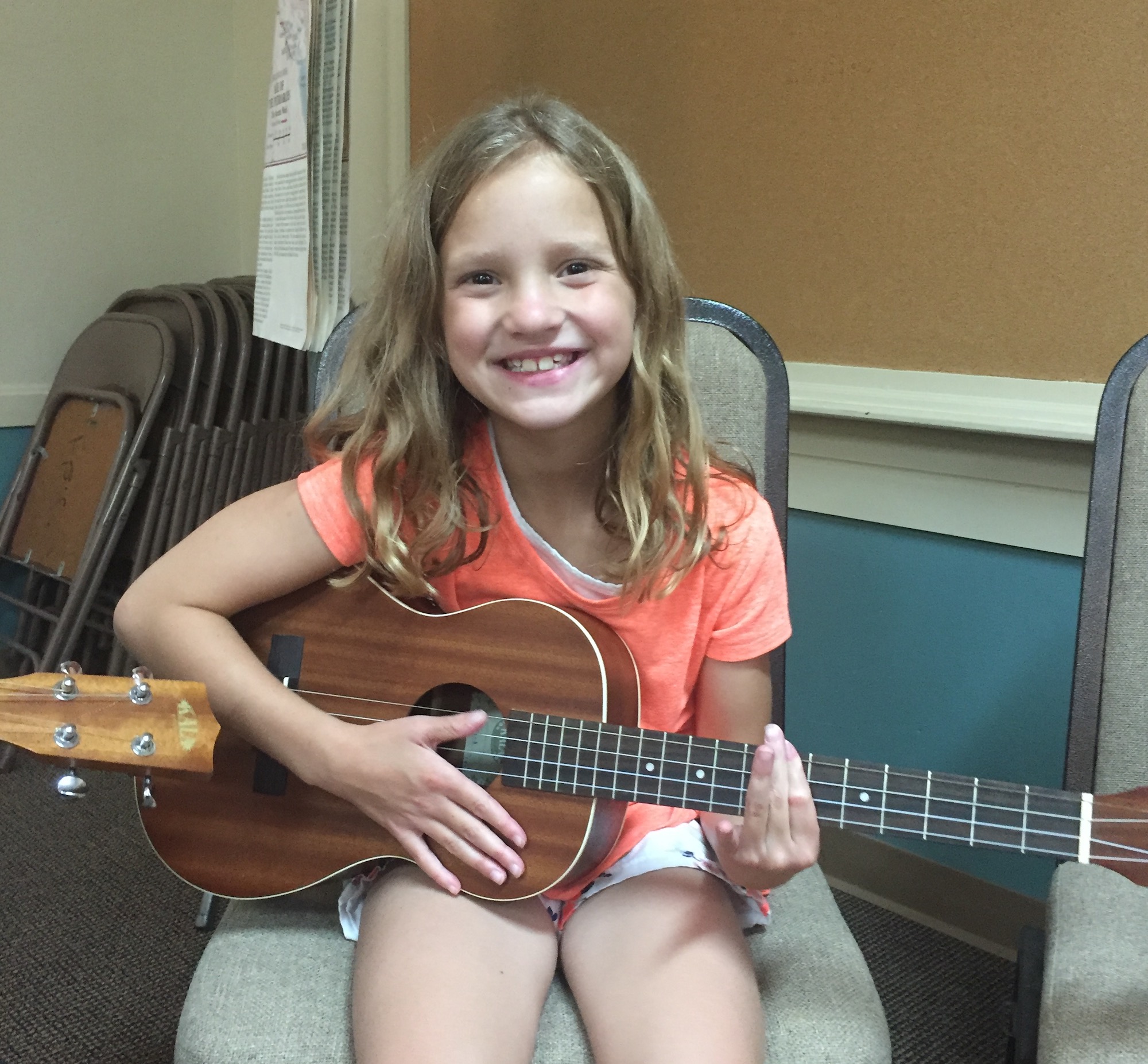Best Teaching Method?
We've purchased the anthem, "Saving One," from Lifeway Worship to use with our combined Adult, Youth, and Children's Choirs. It is a wonderful multi-generation anthem - well written and with a vocal range that is just perfect for kids. Tonight, I'll begin the process of teaching the refrain to the kids. I've only allotted about 10 minutes of rehearsal time to teach it to them. As I see it, I have basically three choices: teach it by rote (play the song for the kids and then let them repeat it back), use solfege syllables (do, re, mi, etc.), or use numbers (1, 2, 3, etc corresponding to the pitches of the song's key, which in this case is F major.) There is really no wrong answer here, but one of these methods is probably better for teaching this particular group of kids. (See the included pictures below for examples.) The ultimate musical goal for this learning process is for the kids to learn the tools to be able to follow along in their choral music. (There are spiritual goals as well, but that is a different post.)
In subsequent weeks, I hope to pass out the anthems we've purchased and sing from the music. Of course, the anthem sheet music will not have either Solfege or numbers to guide them. They will have to follow the melody line on their own. I'll teach them to musically connecting the dots with their eyes as they learn to make their voice follow the rise and fall of the top notes of the melodic line. My desire is for the kids to be able to follow their pitches in the music and not merely just sing the words.






















